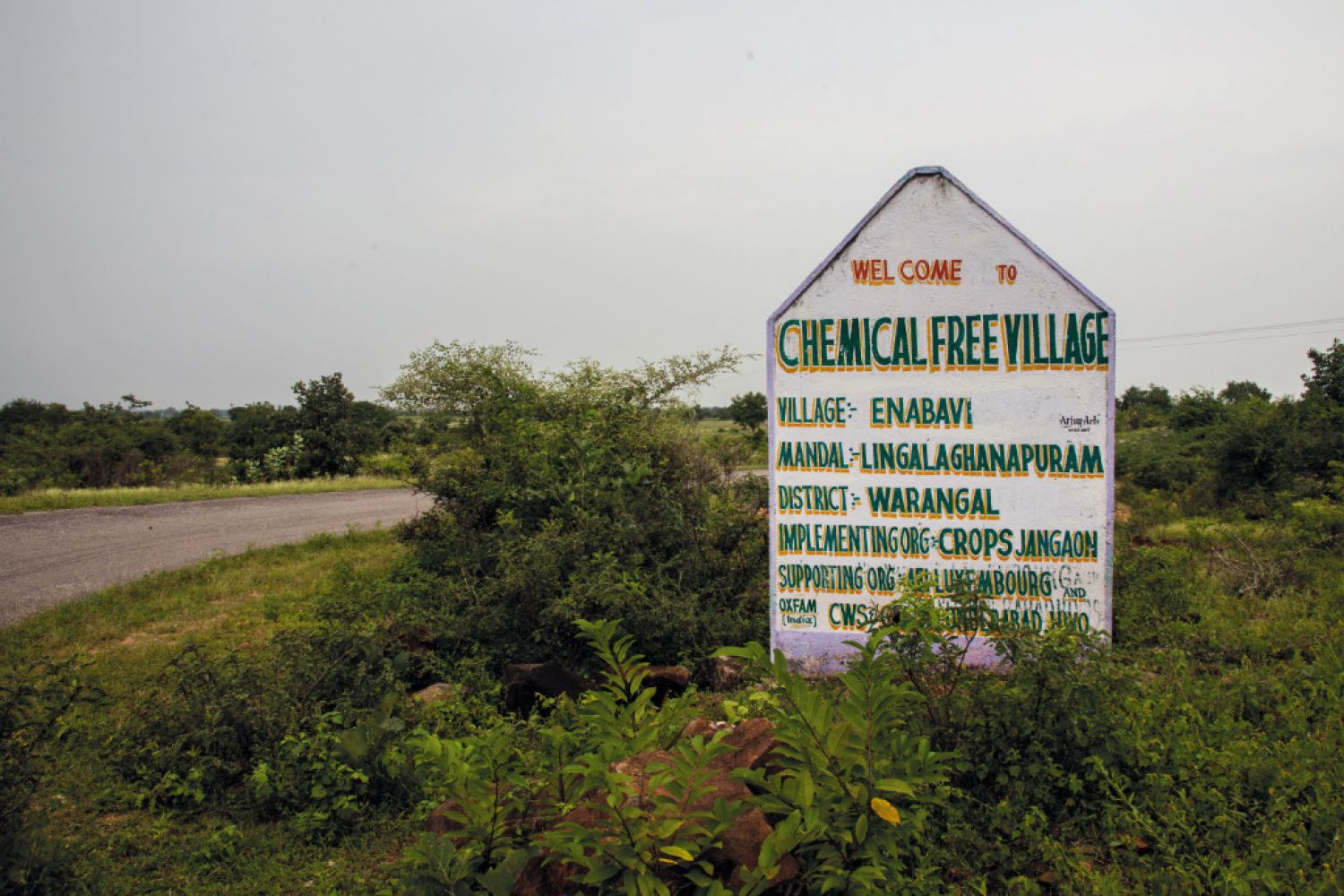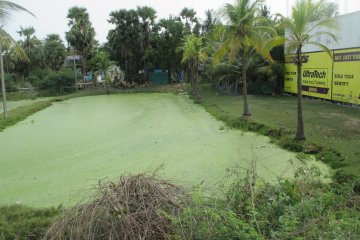
The year after his
father died, Ponnamalaiah sprayed his 10-acre field with pesticides and added
chemical fertilisers to cotton, paddy and vegetables. The results were
impressive. The first summer and winter harvests saw more cotton and paddy than
his father had ever managed to achieve. The second year’s harvest, however,
dipped.
In the third year, the
results were poorer than those without chemical pesticides and fertilisers.
When I meet him about
20 years later, Ponnamalaiah is t





